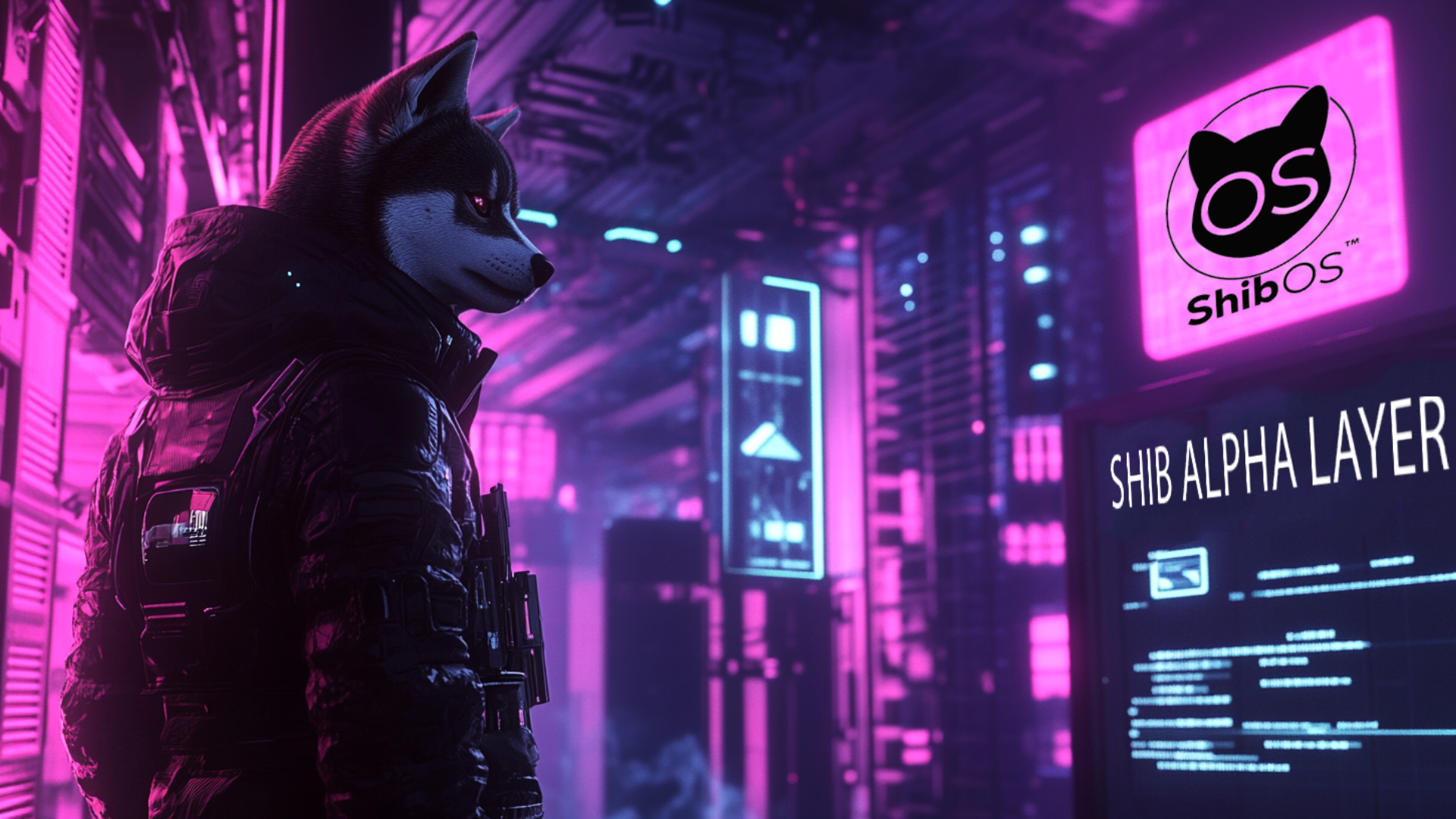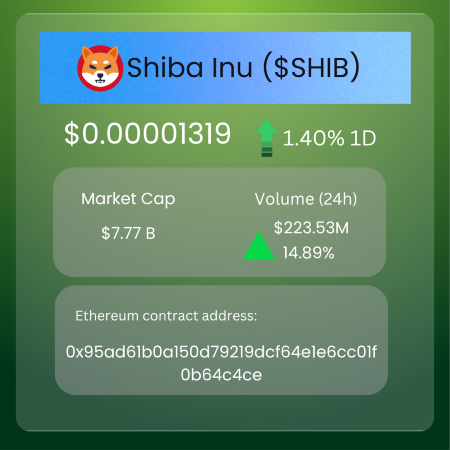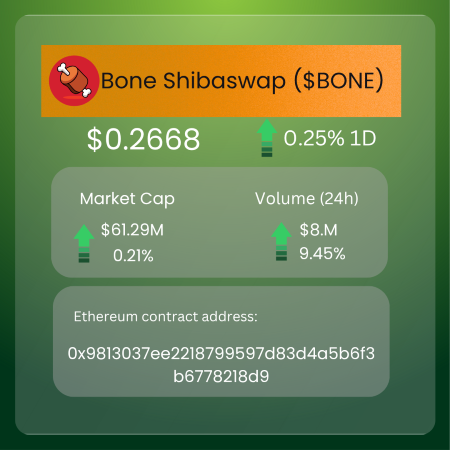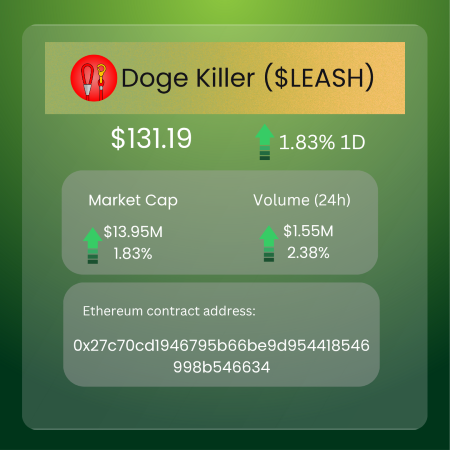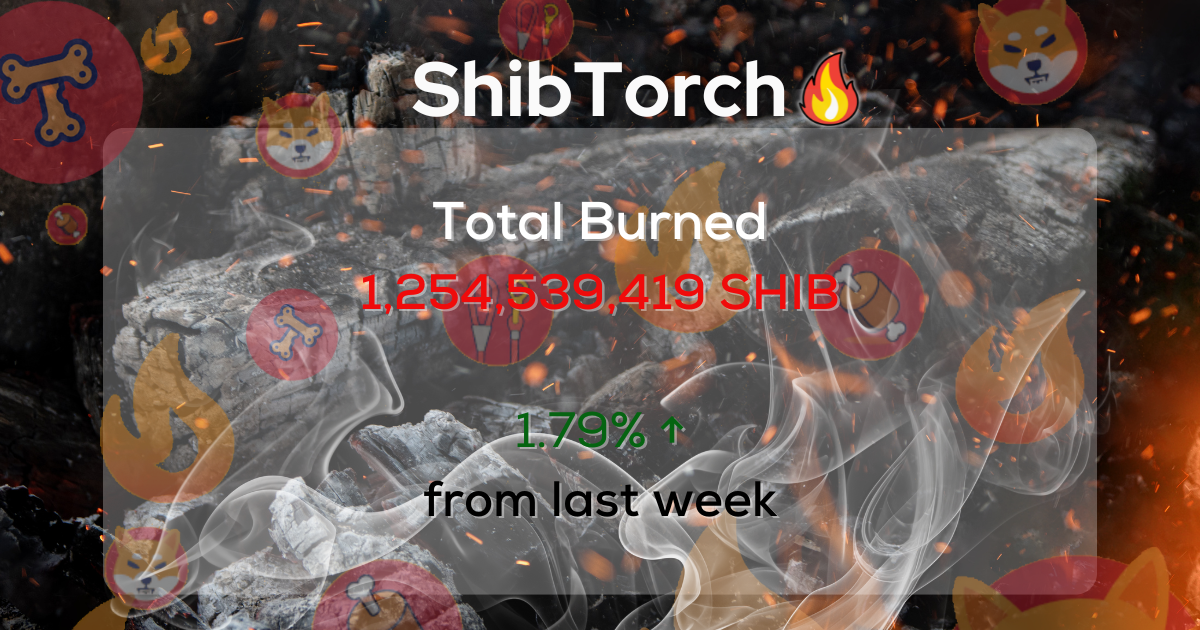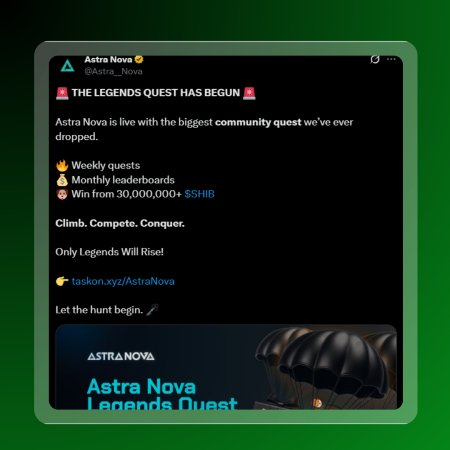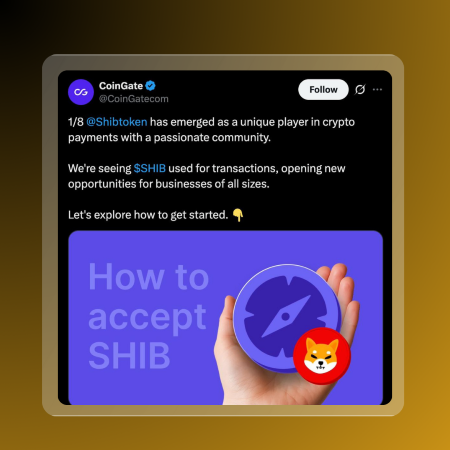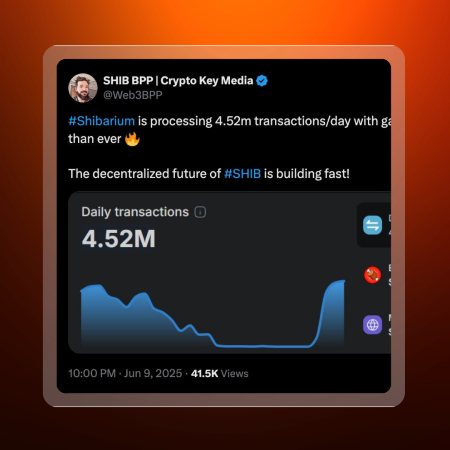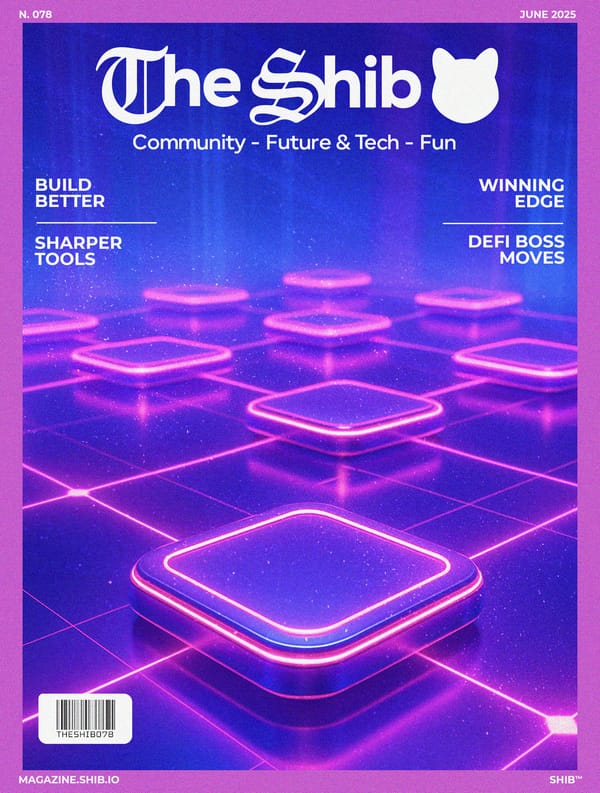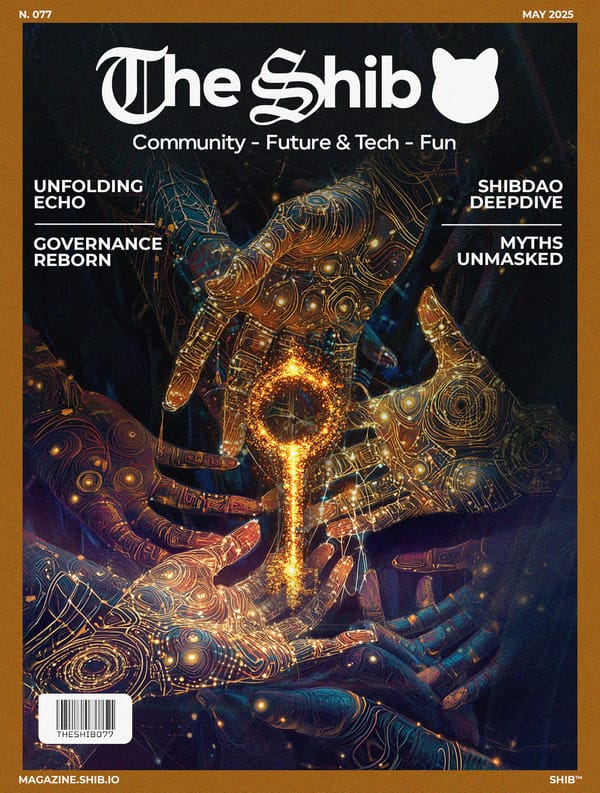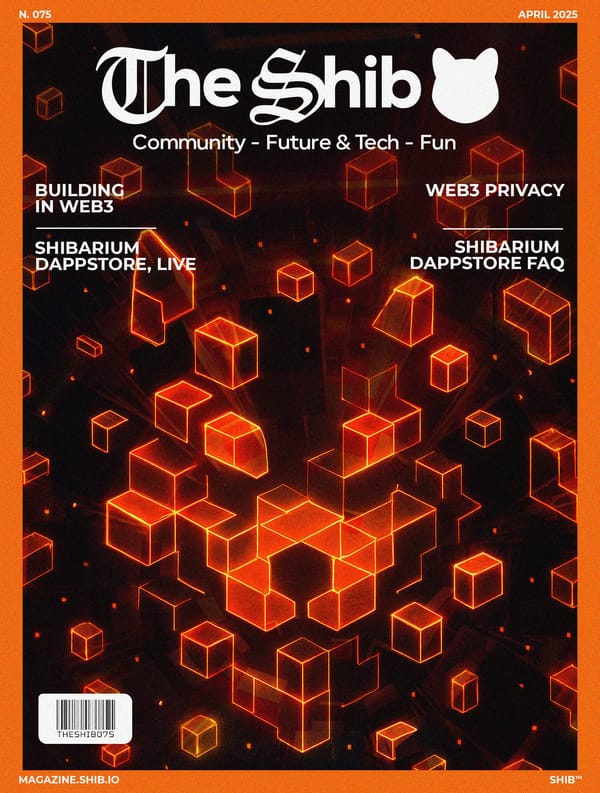Shib Super Layer
Web3's "Digital Babel" is finally being addressed. The 79th edition of The Shib, "Shib Super Layer," unpacks the interoperability breakthrough stitching the ecosystem together. Don't miss it.

GM Shib Army, crypto degens, and the world!
For years, Web3 has felt like a brilliant blueprint taped together with duct tape. Dazzling dApps, lightning-fast chains, clever contracts — but ask them to speak the same language and the system starts stuttering.
We’ve been building Babel, not bridges.
That’s starting to change.
In this 79th edition of The Shib, we’re diving into the quiet revolution of Web3 interoperability — the push to stitch together the scattered parts of this ecosystem into something coherent. It’s not flashy. It’s foundational — and it’s finally gaining momentum.
From new frameworks that aim to sync networks like neighborhoods, to builders focused less on hype and more on function, something’s shifting. The spotlight isn’t just on what individual chains can do — but how they connect, and why that connection matters more than ever.
We call this edition Shib Super Layer because that's what’s happening. The era of isolated innovation is giving way to something smarter: systems that speak, sync, and scale — together.
Let’s unpack it!

Web3 Interoperability Breakthrough: Ending the Era of Digital Babel
A quiet shift is underway in Web3, as builders turn from hype to Web3 interoperability—paving the way for systems that finally work together.
spotlight: The Shiba Inu ecosystem unveils the Shib Alpha Layer, a new "Super Layer" built on Shibarium. It promises to end Web3's "Digital Babel" with a unified experience, instant transaction finality, and a no-bridge architecture for a new generation of interconnected applications.

By Yona Gushiken
Web3 interoperability is the quiet buzz running through the internet these days. Not the usual noise—the memes, the price charts, the protocol drama—but something deeper. A growing tension between everything Web3 has built and everything it still can’t quite do.
On the surface, the ecosystem looks like a marvel. Networks everywhere. Apps doing things nobody thought possible five years ago. But dig a little deeper, and the cracks show. Wallets that won’t talk to each other. Bridges that feel more like toll booths. Chains with their own languages, rules, and rituals—like ancient city-states dressed in modern code.
It’s not hard to see the resemblance to Babel. Everyone building upward, higher and faster. But the connections between them? Weak. Messy. Sometimes nonexistent.
Web3 Interoperability: A Familiar Problem Wearing New Clothes
We’ve seen this before, just in different forms. In medieval Europe, merchants crossed into new territories carrying satchels full of foreign coins and handwritten letters of credit.
One border crossing could mean a fresh round of taxes, translations, and negotiations. Trade happened, sure. But it limped along.
Even the early railroads couldn’t get it right. Different regions used different track gauges. Trains couldn’t cross.

Goods had to be unloaded and reloaded at every junction. Progress got tangled up in its own design choices.
The same thing’s happening now with Web3 infrastructure. Early chains blazed trails, no doubt.
But moving between them still feels like jumping tracks—wallets reset, fees stack up, assets get wrapped and unwrapped like matryoshka dolls.
It’s friction. And it’s starting to wear people down.

The Next Step Isn’t Flashy—It’s Functional
Lately, there’s been a shift. Less hype, more focus.
Less “what can we build” and more “how do we make this all work together.” The attention is turning toward integration.
Not the sexy kind, maybe. But the kind that quietly changes everything.
People don’t want to carry five wallets or learn a new interface just to use a different app. They don’t want to worry about whether their ETH is native, bridged, or stuck somewhere.
They just want it to work. Seamlessly. Predictably.
The builders in the space seem to get that. They’re not chasing the tallest tower.
They’re laying down roads. Building underpasses. Trying to fix the weird, silent problem that keeps Web3 from being truly usable: fragmentation.
There’s still a long way to go, of course. And some teams are still building in silos, heads down, convinced their protocol will be the one to rule the rest.
But a growing number are starting to think differently. They’re not looking to dominate—they’re looking to connect.
What Comes Next for Web3 Interoperability
This isn’t just a technical shift. It’s a mindset one.
A slow, necessary turn toward usability, accessibility, and actual scale. Not in some abstract “mass adoption” sense, but in a real-world way—where someone new to the space can move through it without a translator and a guide.
The age of digital Babel hasn’t ended. But some people are finally working on the grammar book.
And that might be what changes everything.
Web3 Has a New Brain: Shib Alpha Layer
The Shiba Inu ecosystem unveils the Shib Alpha Layer, a new "Super Layer" built on Shibarium. It promises to end Web3's "Digital Babel" with a unified experience, instant transaction finality, and a no-bridge architecture for a new generation of interconnected applications.

By Yona Gushiken
Shiba Inu introduces the Shib Alpha Layer, a “Super Layer” decentralized engine promising to unify blockchain’s fragmented landscape and revolutionize Web3 coordination.
For a while now, Web3 has felt like a body with powerful limbs — fast chains, brilliant apps — but no central nervous system. A promising future, yes, but clunky in practice. Moving between blockchains often feels like sending your funds through a series of pneumatic tubes and hoping they don’t get lost in transit. Too many wallets. Too many gas tokens. Too much friction.
Today, the Shiba Inu introduces what it believes is the missing piece: the Shib Alpha Layer — a coordination layer, a “Super Layer,” designed to act like a new brain for Web3.
This new layer isn’t just another component. It’s built to bring order to blockchain’s chaos by allowing decentralized apps to communicate, transact, and scale in harmony — all while preserving speed, security, and simplicity.
Solving the Puzzle of Web3 with the Shib Alpha Layer
The vision for a unified decentralized web has long remained just out of reach. Developers and users alike have struggled to navigate a Digital Babel — a sprawling maze of chains, bridges, and token ecosystems, each speaking its own dialect.

You find a promising DeFi tool on one chain, a game on another. Moving between them involves juggling wallets, navigating complex bridges, and managing different fee tokens. For everyday users, it’s often more headache than it’s worth.
The Shib Alpha Layer is designed to make that all just work. A seamless, click-and-go experience, more like Web2 — but powered by decentralized technology.
How the Shib Alpha Layer Powers Next-Gen RollApps
The Shib Alpha Layer, at its core, acts as the intelligent sequencing and coordination hub for a new generation of applications called RollApps — decentralized apps built on scalable rollup architecture.
If Shibarium is the high-speed circulatory system– the settlement layer of roll ups, the Shib Alpha Layer is the brain, directing the flow — organizing and executing how apps run and interact. This is the layer where smart logic, cross-app interaction, and unified user experiences come together.
The mission behind the Shib Alpha Layer is to bring more users to Web3 by eliminating transaction barriers and delivering an experience as intuitive as using an app on your phone.

No-Bridge Architecture and Unified Gas Token
Among the Shib Alpha Layer’s most transformative ideas is its No-Bridge Architecture — an attempt to eliminate the awkward handoffs between apps on different chains.
Inside this Super Layer, the goal is that RollApps won’t require separate bridges or tokens to talk to each other. Instead, users interact across applications as if they’re all part of one seamless system.
The Treat token will serve as the native gas token within the Shib Alpha Layer — simplifying transactions and reducing the need to constantly swap or acquire multiple tokens. Meanwhile, underlying settlements will still happen on Shibarium, leveraging its low-cost Layer 2 architecture and using BONE as its base gas token.

This setup combines familiar user interfaces with invisible infrastructure improvements, reducing both cost and complexity.
Sequencing, Speed, and Censorship Resistance
Behind the scenes, the Shib Alpha Layer is powered by a decentralized sequencing layer, built using the Cosmos SDK — referred to internally as “Elder” technology.
Think of it like an air traffic control system for the digital world: before any transaction happens, the Alpha Layer organizes and bundles transactions into super blocks, then distributes them to RollApps using optimistic rollup technology (op-stack based). Summaries of these blocks are then committed to Shibarium for finality.

This structure enables two major breakthroughs:
- Instant Confirmations: The system promises ~2 second inclusion finalities, giving users the kind of real-time feedback expected from modern apps.
- Censorship Resistance: Because sequencing is decentralized, RollApps can’t arbitrarily block user transactions. This ensures fairness and trust — especially critical for financial or gaming applications.
How Developers Benefit from the Shib Alpha Layer

Beyond usability, the Shib Alpha Layer was built with developers in mind. It offers:
- Instant User Adoption: RollApps can tap into the existing Shibarium user base.
- Lower Operational Overhead: Core services like mempool RPCs and sequencing are managed by the Alpha Layer.
- EVM Compatibility: Developers can port existing Ethereum dApps easily thanks to the op-stack infrastructure.
- Liquidity Fusion — a mechanism intended to make liquidity across RollApps feel unified, so users don’t need to worry about where their assets reside. It’s one pool, one experience.
And looking ahead, the Alpha Layer is preparing to integrate advanced privacy features like Fully Homomorphic Encryption (FHE) — allowing computations on encrypted data without exposing sensitive information.
The Shib Alpha Layer and the Future of Web3
The Shib Alpha Layer doesn’t just aim to solve technical inefficiencies — it aspires to reshape how we think about digital life in a decentralized world.
Just as Visa once unified disparate payment rails under one network, the Alpha Layer wants to unify the digital assets and apps of Web3 — making them accessible, composable, and finally coherent.
It’s a bold move — but one grounded in design, scalability, and purpose. If successful, the Shib Alpha Layer won’t just be a protocol — it’ll be the cognitive center of a smarter Web3, one where the parts finally add up to something greater than the sum.
As this Super Layer comes online, the world will be watching.
Because for the decentralized web to truly grow, it needs not just limbs — but a mind.


